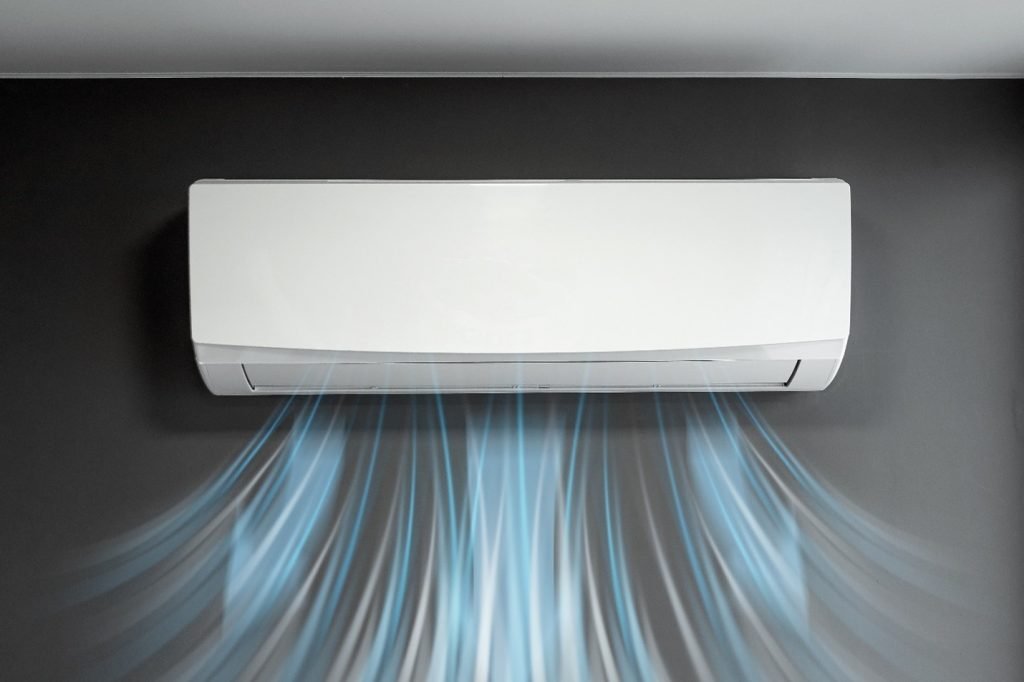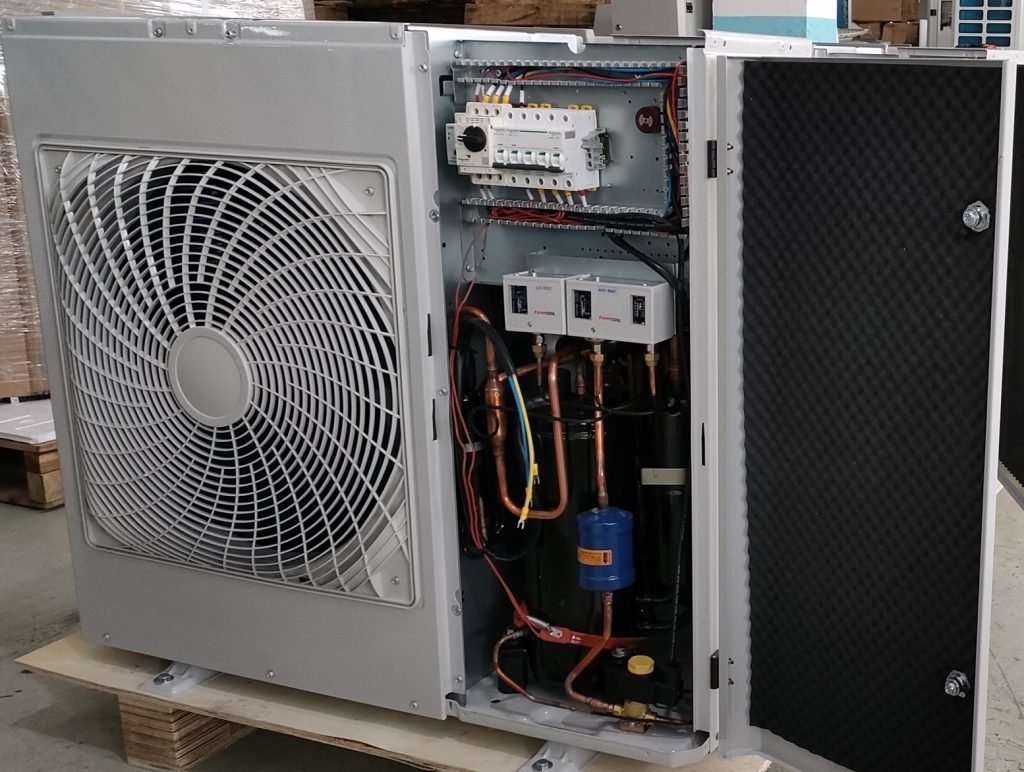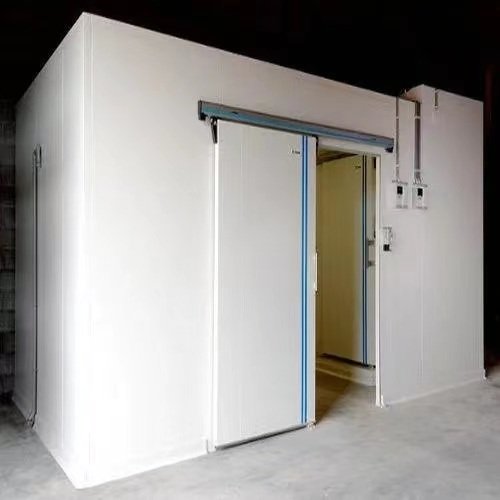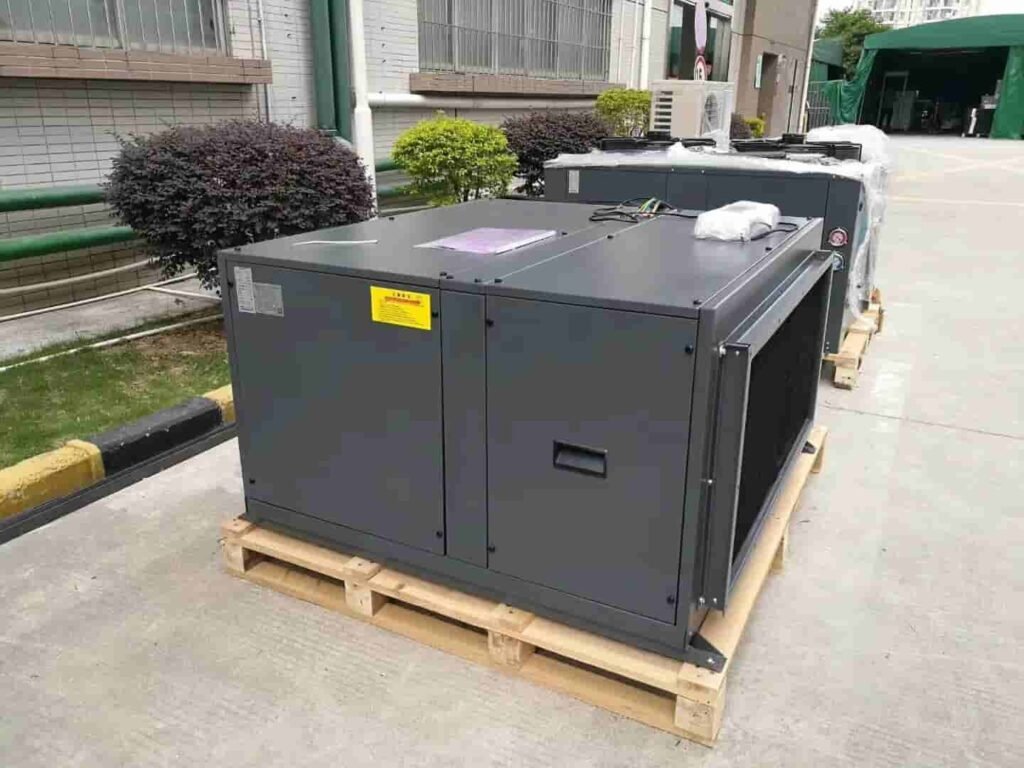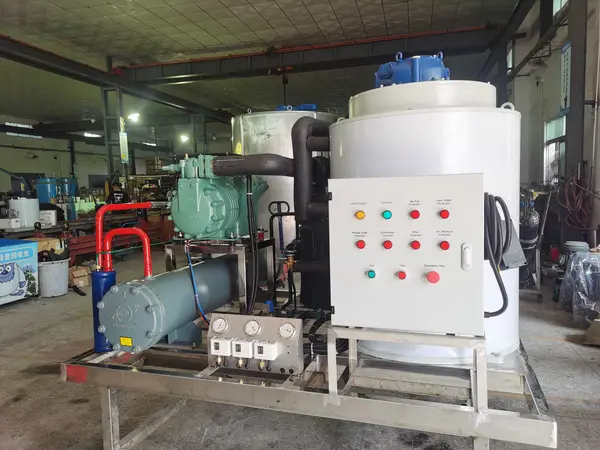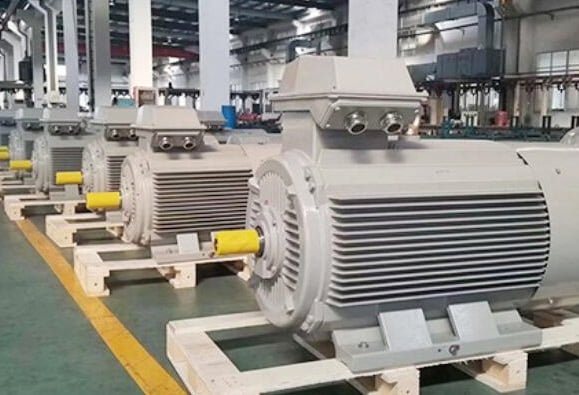Bilik -bilik sejuk bawang putih penting untuk memelihara kualiti dan memanjangkan hayat bawang putih, terutamanya dalam tetapan komersial. Panduan terperinci ini meneroka pelbagai aspek, termasuk definisi mereka, kepentingan, keadaan optimum, reka bentuk, faedah, penyelenggaraan, perbandingan dengan kaedah penyimpanan lain, kemajuan teknologi, analisis ekonomi, Kajian kes dunia sebenar, dan lain-lain, memastikan pemahaman yang menyeluruh untuk pengeluar dan peminat.
Apa itu bilik sejuk bawang putih
Bilik sejuk bawang putih adalah ruang penyimpanan yang dikawal suhu untuk memelihara bawang putih dalam keadaan tertentu. Berdasarkan sumber industri, ia mengekalkan suhu sekitar 0 ° C dan tahap kelembapan 60-70% dengan pengudaraan, Dayakan penyimpanan untuk 6-7 bulan jika bawang putih disembuhkan dengan betul.
Penyembuhan melibatkan pengeringan bawang putih pasca panen di kawasan yang berventilasi selama beberapa minggu untuk mengurangkan kelembapan dan mencegah penyakit, langkah kritikal sebelum penyimpanan sejuk.
Persediaan ini digunakan terutamanya oleh pengeluar dan pengedar komersial untuk memastikan bawang putih tetap segar dan boleh dipasarkan, mencegah masalah seperti tumbuh, membentuk, dan kehilangan rasa. Contohnya, BlueColdref perincian yang storan berpanjangan pada 4.4-18 ° C boleh menyebabkan tumbuh, menonjolkan keperluan untuk keadaan yang tepat.
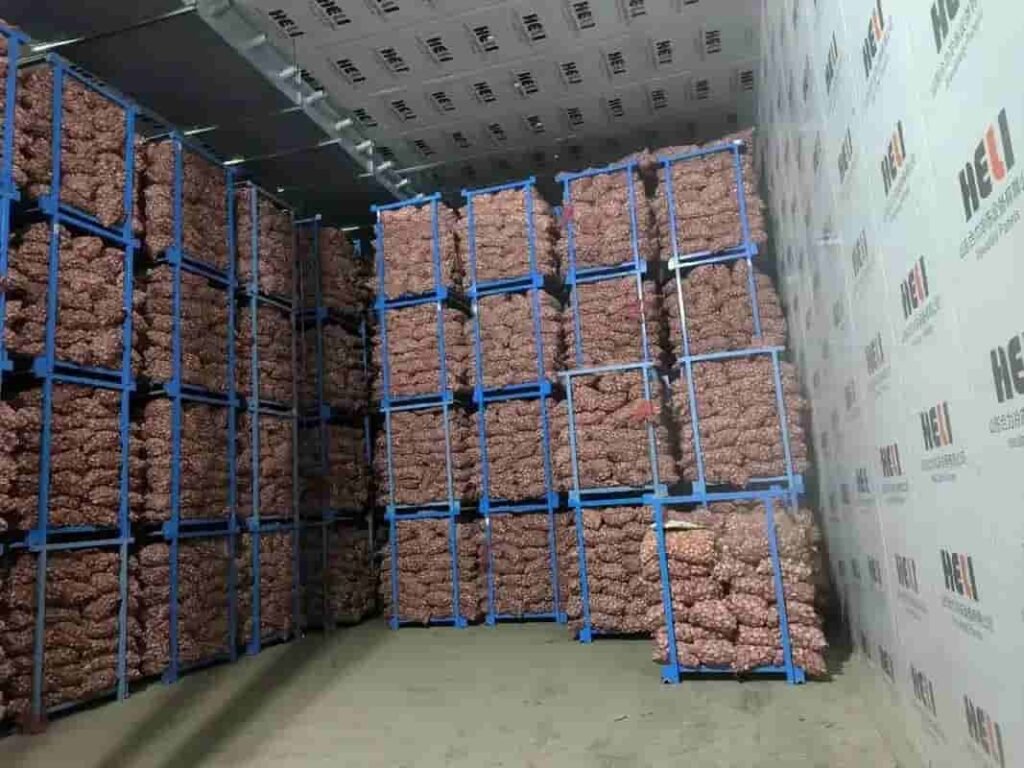
Kepentingan penyimpanan bawang putih yang betul
Penyimpanan yang betul adalah penting untuk mengelakkan kemerosotan, yang boleh menyebabkan kerugian ekonomi. Bawang putih yang disimpan tidak betul mungkin bercambah, acuan, atau kehilangan nilai pemakanan, mempengaruhi kebolehpasarannya. Kelembapan yang tinggi (>70%) boleh menyebabkan acuan dan pertumbuhan akar, Walaupun suhu di luar julat yang optimum dapat mencetuskan tumbuh.
Dengan menggunakan bilik sejuk, risiko ini dikurangkan, Memelihara rasa, tekstur, dan berkualiti, yang penting untuk operasi komersial yang bertujuan untuk mengurangkan sisa dan memaksimumkan keuntungan.
Sambungan universiti, seperti Extension University of Minnesota, Sahkan bahawa storan pada 32 ° F -35 ° F (0°C) dengan 65-70% Kelembapan adalah ideal, Menyelaraskan dengan cadangan industri. Konsistensi ini merentasi sumber menggariskan kepentingan persekitaran terkawal untuk penyimpanan jangka panjang.
Keadaan optimum untuk penyimpanan
Keadaan yang optimum untuk bawang putih di bilik sejuk, seperti yang diperoleh dari pelbagai sumber, adalah:
- Suhu: 0°C (32°F), penemuan yang sepadan dari Rutgers Njaes dan BlueColdref.
- Kelembapan Relatif: 60-70%, dengan pengudaraan untuk mengelakkan pembentukan kelembapan, pastikan tiada pencetakan atau tumbuh berlaku.
- Tempoh Penyimpanan: Hingga 6-7 bulan jika sembuh dengan betul, dengan Ohio State University Ohioline mencatatkan 6-9 Bulan dalam keadaan yang sama, mencadangkan sedikit variasi berdasarkan kualiti pengawetan.
Mengubati adalah penting, melibatkan bawang putih pengeringan dengan teduh, kering, sejuk, dan lokasi pengalih keluar selama 4-6 minggu, sejauh mana Rutgers Njaes. Proses ini menguatkan rasa dan memanjangkan jangka hayat, menyediakan bawang putih untuk penyimpanan sejuk.
Perincian reka bentuk dan pembinaan
Reka bentuk bilik sejuk bawang putih melibatkan beberapa pertimbangan teknikal, terutamanya untuk kegunaan komersial. Aspek utama termasuk:
- Penebat: Mengesyorkan panel buih poliuretana berkepadatan tinggi untuk penebat haba, Seperti yang dinyatakan oleh Projek Penyimpanan Sejuk, dengan keluli warna dua sisi untuk ketahanan.
- Sistem Penyejukan: Termasuk pemampat, penyejuk udara, dan injap pengembangan untuk mengekalkan 0 ° C, memastikan penyejukan yang konsisten.
- Kawalan Kelembapan: Sistem seperti pelembapan atau dehumidifiers mengekalkan 60-70% kelembapan, Kritikal untuk mencegah acuan.
- Pengudaraan: Aliran udara yang mencukupi, seperti 1 CFM setiap kaki padu, menghalang pemeluwapan, sejauh mana BlueColdref.
- Sistem monitor: Pengawal suhu, monitor kelembapan, dan sensor yang disambungkan ke sistem kawalan memastikan pelarasan masa nyata, meningkatkan kecekapan.
Kos pembinaan bergantung pada saiz (cth., 500㎡), keperluan suhu, dan peralatan, dengan Projek Penyimpanan Sejuk Menawarkan pandangan mengenai reka bentuk popular seperti bilik beku dan sistem penyejukan kecekapan tinggi.
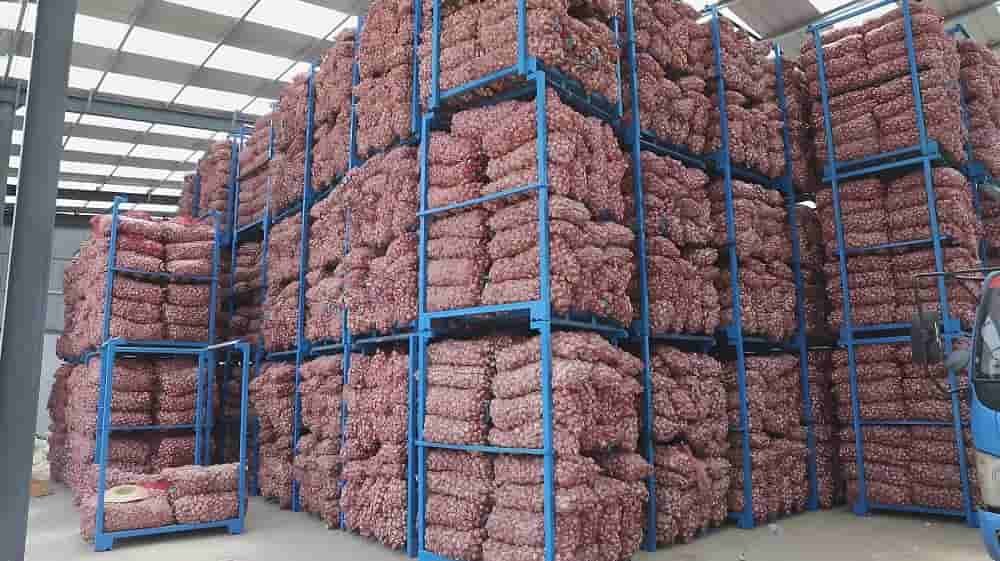
Amalan operasi dan penyelenggaraan
Mengendalikan bilik sejuk bawang putih memerlukan pematuhan kepada amalan terbaik:
- Kaedah penyimpanan: Gunakan beg mesh longgar atau tong sampah dengan 1 CFM Air Per Kaki Kaki untuk Pengudaraan, seperti yang disyorkan oleh BlueColdref, untuk mengelakkan pengumpulan kelembapan.
- Pemantauan: Periksa suhu dan kelembapan secara kerap untuk memastikan mereka kekal dalam julat yang optimum, Menggunakan sistem kawalan untuk ketepatan.
- Pemeriksaan: Periksa penyakit seperti reput acuan biru dan kerosakan lilin, Keluarkan mentol yang terjejas untuk mengelakkan penyebaran, amalan yang diketengahkan BlueColdref.
- Pembersihan: Mengekalkan kebersihan dengan membersihkan bilik dengan kerap untuk mengelakkan pencemaran, Memastikan fungsi jangka panjang.
Perbandingan dengan kaedah penyimpanan lain
Walaupun bilik sejuk sesuai untuk penyimpanan bawang putih komersial, Terdapat kaedah lain yang digunakan, Terutama untuk simpanan rumah atau kecil:
- Penyimpanan suhu bilik: Bawang putih boleh disimpan pada suhu bilik dengan sejuk, kering, dan kawasan pengudaraan yang baik. Kaedah ini sesuai untuk penyimpanan jangka pendek, biasanya sehingga beberapa bulan, bergantung pada kepelbagaian dan menyembuhkan.
- Penyejukan: Simpan mentol bawang putih keseluruhan di dalam peti sejuk tidak disyorkan kerana suhu sejuk dapat merangsang tumbuh, dan kelembapan boleh menyebabkan pertumbuhan acuan. Namun begitu, ulas yang dikupas atau bawang putih cincang boleh disimpan di dalam peti sejuk untuk tempoh yang singkat, sejauh mana Kedai bawang putih.
- Pembekuan: Pembekuan adalah pilihan untuk memelihara ulas bawang putih yang dikupas atau pasu bawang putih. Sementara ia memanjangkan hayat penyimpanan, pembekuan dapat mengubah tekstur bawang putih, menjadikannya lebih lembut ketika dicairkan, yang mungkin tidak diingini untuk semua kegunaan masakan, Menurut Ladang organik singa merah.
- Bilik bawah tanah tradisional: Root Cellars menyediakan cara semula jadi untuk menyimpan bawang putih pada suhu sejuk dengan kelembapan sederhana. Mereka boleh berkesan untuk penyimpanan jangka panjang, Sama dengan bilik sejuk, tetapi kekurangan kawalan yang tepat terhadap suhu dan kelembapan, Seperti yang dibincangkan dalam Menyimpan bawang putih - ladang organik singa merah.
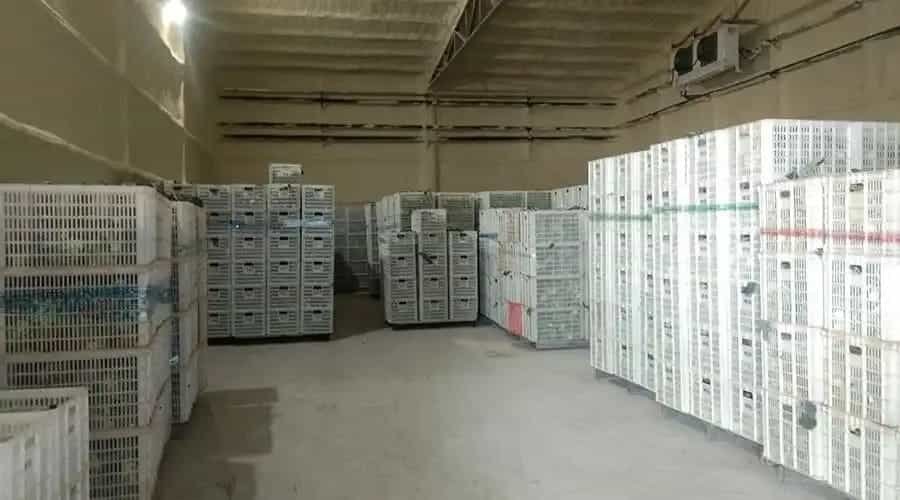
Kemajuan teknologi dalam penyimpanan bawang putih
Kajian terbaru telah meneroka pelbagai kaedah untuk mengoptimumkan penyimpanan bawang putih, Fokus pada kawalan suhu, pembungkusan, dan rawatan untuk memanjangkan hayat dan mengekalkan kualiti:
- Kawalan Suhu: Bilik sejuk pada -3 ° C telah ditunjukkan untuk mengekalkan kualiti mentol bawang putih sehingga sehingga 6 bulan, dengan mentol yang masih segar sekurang -kurangnya 2 Bulan di Suhu Bilik Pasca Penyimpanan (Volk et al., 2004, disebut dalam Kajian teknologi mengenai penyimpanan bawang putih). Penyimpanan pada 0 ° C boleh memanjangkan jangka hayat ke 155 hari, berbanding dengan 80 hari pada suhu 5 ° C dan suhu bilik, dan 60 hari pada 20 ° C..
- Jenis pembungkusan: Dalam penyimpanan sejuk, Pakej plastik meminimumkan jumlah berat badan ke 15.30%, berbanding dengan kerugian yang lebih tinggi dalam jenis pembungkusan lain, Semasa berada di suhu bilik, Pakej kadbod lebih berkesan, dengan kerugian di 16.12%, sejauh mana Kajian teknologi mengenai penyimpanan bawang putih.
- Penyinaran: Menyinari bawang putih dengan 30 GY boleh meningkatkan asid askorbik dan piruvat enzimatik, Semasa mengurangkan karbohidrat larut air, menjadikannya sesuai untuk penyimpanan yang berpanjangan.
- Sistem penyimpanan tradisional: Kaedah tradisional, seperti menyimpan di kawasan pengudaraan yang baik dengan suhu sederhana, mengakibatkan kelembapan yang lebih rendah dan jumlah berat badan berbanding dengan sistem lain, dengan rakaman penyimpanan tradisional paling rendah di 4.36% kehilangan kelembapan dan 14.24% jumlah penurunan berat badan, Seperti yang dinyatakan dalam Kajian teknologi mengenai penyimpanan bawang putih.
Analisis ekonomi bilik sejuk bawang putih
Menyediakan bilik sejuk untuk bawang putih melibatkan pelaburan awal yang ketara, Tetapi ia dapat memberikan manfaat ekonomi yang besar dengan memperluaskan jangka hayat bawang putih, mengurangkan bahan buangan, dan membenarkan masa pasaran yang lebih baik:
- Kos:
- Pembinaan dan peralatan: Kos membina bilik sejuk boleh berkisar dari $700 kepada $1,100 USD per metrik tan kapasiti penyimpanan. Sebagai contoh, a 100 Bilik sejuk MT lebih kurang kos $72,289 ~ $114,458 Dolar Amerika.
- Kos operasi: Ini termasuk elektrik untuk penyejukan, penyelenggaraan, buruh, dan insurans. Kos yang tepat bergantung pada saiz dan kecekapan kemudahan.
- Faedah:
- Hayat penyimpanan yang dilanjutkan: Bawang putih boleh disimpan sehingga 9 bulan atau lebih dalam keadaan optimum, mengurangkan sisa dan membenarkan bekalan sepanjang tahun, seperti yang disahkan oleh Rutgers Njaes.
- Mengurangkan sisa: Penyimpanan yang betul meminimumkan kerugian akibat tumbuh, membentuk, dan dehidrasi, memastikan lebih banyak produk mencapai pasaran, dengan bilik sejuk mengurangkan jumlah kerugian kepada 9% berbanding dengan 33% dalam keadaan ambien.
- Fleksibiliti pasaran: Dengan bawang putih yang disimpan, Pengeluar dapat bertindak balas terhadap tuntutan pasaran dan turun naik harga dengan lebih berkesan, berpotensi mengarahkan harga yang lebih tinggi semasa musim panas.
- Pulangan Pelaburan:
- Untuk mengira pulangan pelaburan, Pengeluar perlu mempertimbangkan perbezaan antara harga jualan semasa musim puncak dan musim di luar, tolak kos penyimpanan. Contohnya, Kajian kes menunjukkan keuntungan bersih 66USD per tan untuk bawang putih yang disimpan dari April hingga Oktober, Menunjukkan daya maju kewangan, sejauh mana Penyimpanan bawang dan bawang putih sejuk.
- Subsidi kerajaan:
- Di banyak wilayah, Kerajaan menawarkan subsidi atau bantuan kewangan untuk menubuhkan bilik sejuk untuk mempromosikan pembangunan pertanian dan mengurangkan kerugian pasca panen. Contohnya, di India, subsidi sehingga 35% kos projek ada, sejauh mana Kos 100 Penyimpanan sejuk mt, dan sehingga 50% pada tumbuhan dan jentera, sejauh mana Laporan Projek Penyimpanan Sejuk, Kos dan subsidi.
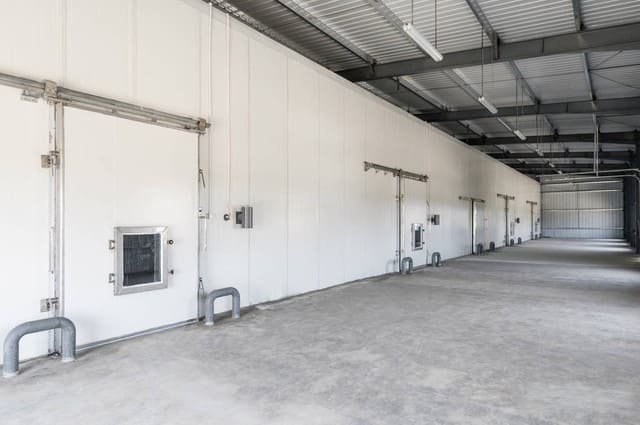
Kajian kes: Bilik sejuk bawang putih di India
Kajian yang dijalankan oleh Pusat Penyelidikan Kebangsaan untuk Bawang dan Bawang Putih di India membandingkan kerugian penyimpanan bawang putih di bawah keadaan penyimpanan ambien dan sejuk, Memberi contoh praktikal pelaksanaan bilik sejuk:
- Kerugian penyimpanan:
- Penyimpanan ambien (25-30°C, 60-70% RH): Jumlah kerugian 33% berakhir 5 bulan, termasuk 15% penurunan berat badan dan 18% jangkitan penyakit, sejauh mana Penyimpanan bawang dan bawang putih sejuk.
- Penyimpanan Sejuk (0-2°C, 65-70% RH): Jumlah kerugian 9% berakhir 5 bulan, dengan 5% penurunan berat badan dan 4% jangkitan penyakit, menunjukkan pengurangan kerugian yang ketara.
- Tingkah laku pasca penyimpanan:
- Bawang putih yang disimpan dalam keadaan sejuk menunjukkan minimum bercambah, terutamanya apabila dirawat dengan penyinaran gamma (75-90 Gy), yang berkesan menghalang penyimpanan pasca, dengan mentol yang tidak disiram yang menunjukkan tumbuh -tumbuhan yang cepat di dalamnya 20 hari, seperti yang sama.
- Analisis ekonomi:
- Untuk bilik sejuk 2000 tan, Kos pembinaan ialah Rs.150 lakhs (Kira -kira $180,000 Dolar Amerika), Dengan kos operasi Rs.28 lakhs setiap musim. Keuntungan bersih setiap tan bawang putih yang disimpan dari April hingga Oktober ialah Rs.5500 (mengenai $66 Dolar Amerika), menonjolkan daya maju kewangan, sejauh mana Penyimpanan bawang dan bawang putih sejuk.
Kajian kes ini menggariskan pengurangan besar dalam kerugian penyimpanan dan manfaat ekonomi menggunakan bilik sejuk untuk bawang putih, menjadikannya pelaburan yang berharga untuk pengeluar.
Jadual terperinci
Untuk mengatur spesifikasi teknikal dan data kajian kes, Berikut adalah keadaan utama dan metrik ekonomi:
| Aspek | Perincian |
|---|---|
| Suhu | 0°C (32°F) |
| Kelembapan Relatif (RH) | 60-70% dengan pengudaraan |
| Tempoh Penyimpanan | 6-7 bulan, jika disembuhkan dengan betul |
| Bahan penebat | Buih poliuretana, Keluli warna dua sisi |
| peralatan | Pemampat penyejukan, penyejuk udara, penyahlembapan, penderia |
| Jenis Penyimpanan | Tanaman | Penurunan berat badan (%) | Jangkitan penyakit (%) | Tumbuh (%) | Jumlah kerugian (%) | Tempoh |
|---|---|---|---|---|---|---|
| Ambien | Bawang putih | 15.0 | 18.0 | 0 | 33.0 | 5 bulan |
| Sejuk | Bawang putih | 5.0 | 4.0 | 0 | 9.0 | 5 bulan |
| Metrik ekonomi | Nilai |
|---|---|
| Kos pembinaan (2000 Mt) | Rs.150 lakhs ($180,000 Dolar Amerika) |
| Kos operasi setiap musim | Rs.28 lakhs |
| Keuntungan bersih setiap tan (Apr-Okt) | Rs.5500 ($66 Dolar Amerika) |
Kesimpulan
Bilik -bilik sejuk bawang putih penting untuk penyimpanan bawang putih komersial, Menawarkan persekitaran yang terkawal untuk melanjutkan jangka hayat, mengekalkan kualiti, dan mengurangkan sisa. Evolusi sejarah dari kaedah tradisional ke bilik sejuk moden, Perbandingan dengan pilihan storan lain, kemajuan teknologi, analisis ekonomi, dan kajian kes memberikan pandangan yang komprehensif.
Bagi mereka yang berada di industri, Melabur dalam bilik sejuk yang direka dengan baik dapat meningkatkan kualiti produk dan keuntungan. Pengeluar harus mempertimbangkan subsidi kerajaan dan berunding dengan perunding yang berpengalaman untuk mengoptimumkan kos dan faedah.
Untuk membaca selanjutnya, meneroka sumber seperti BlueColdref untuk keadaan penyimpanan dan Projek Penyimpanan Sejuk Untuk pandangan reka bentuk.
Sebarang komen?
Selamat tinggal tinggalkan mesej atau siarkan semula.



